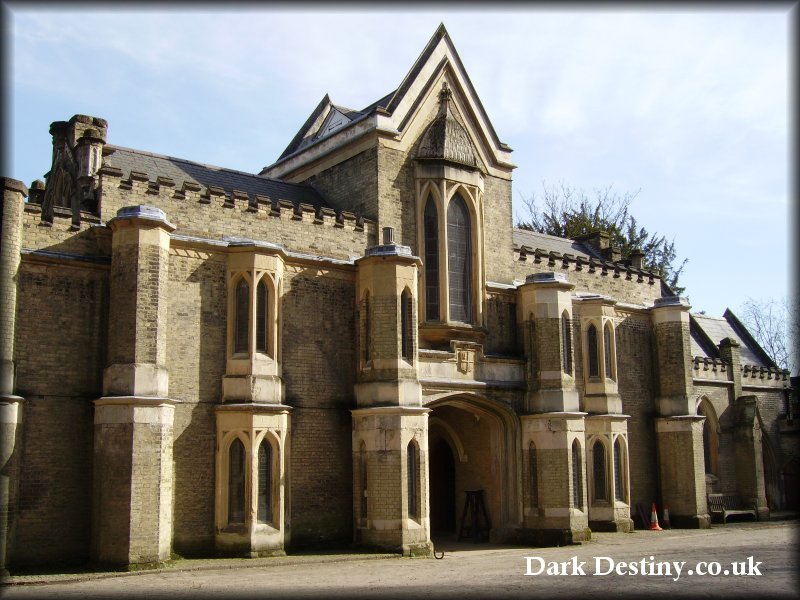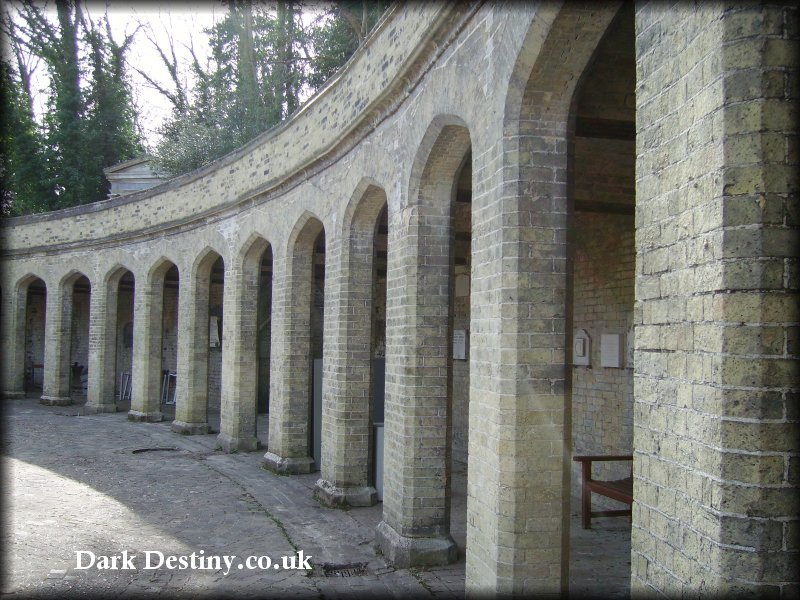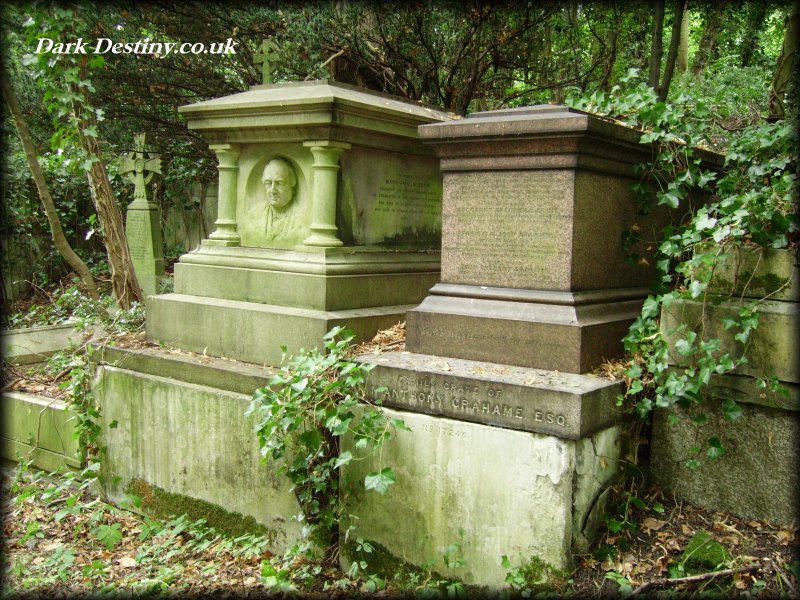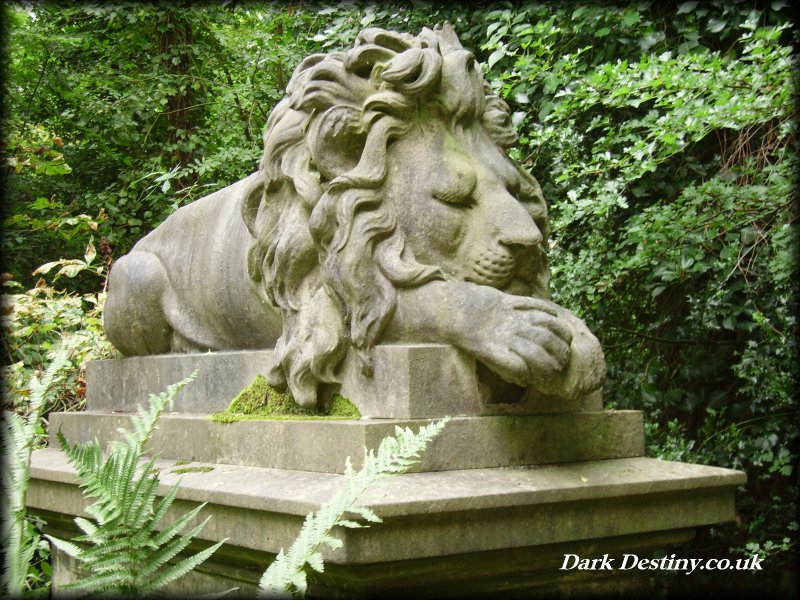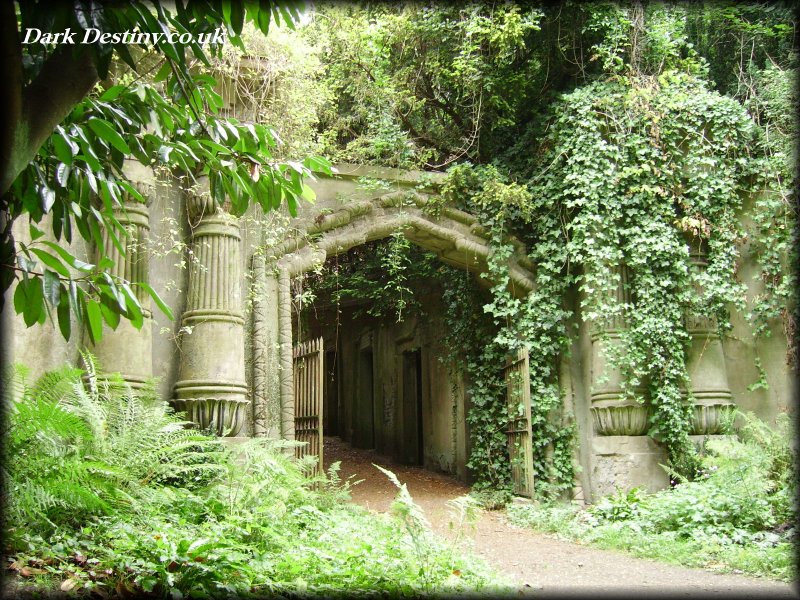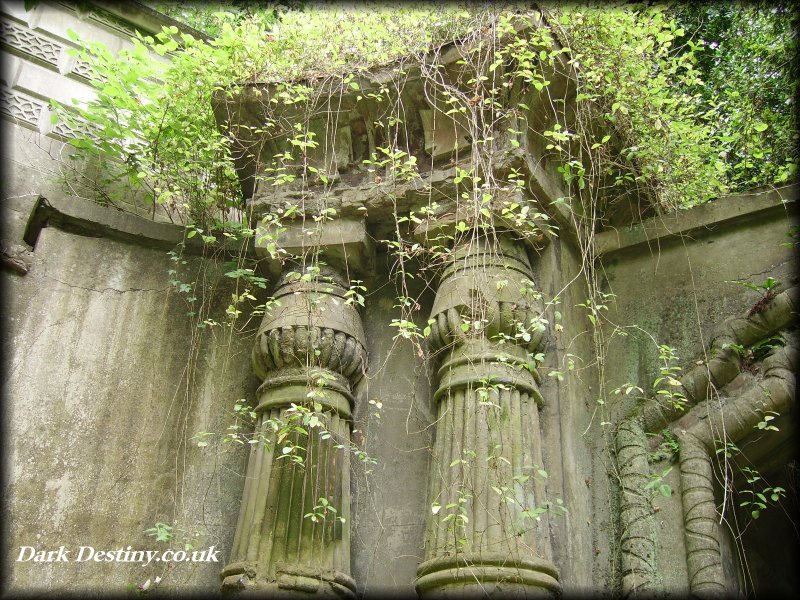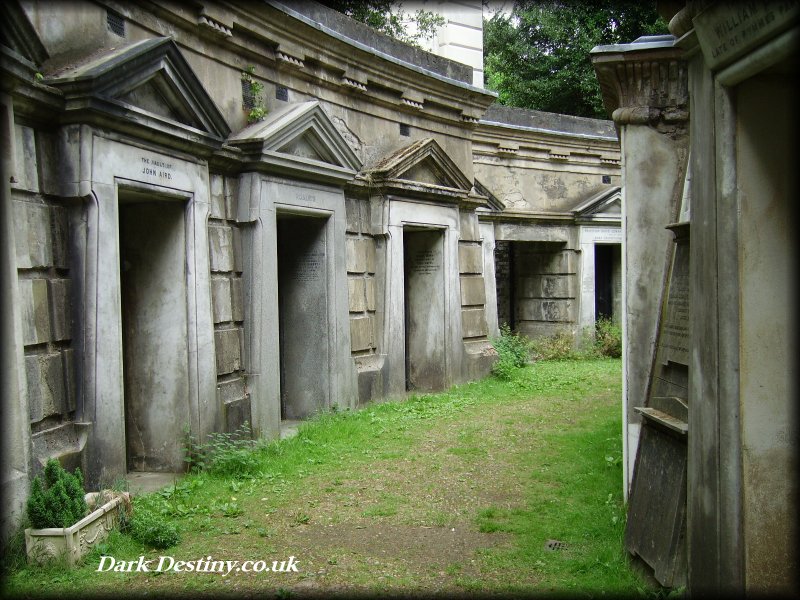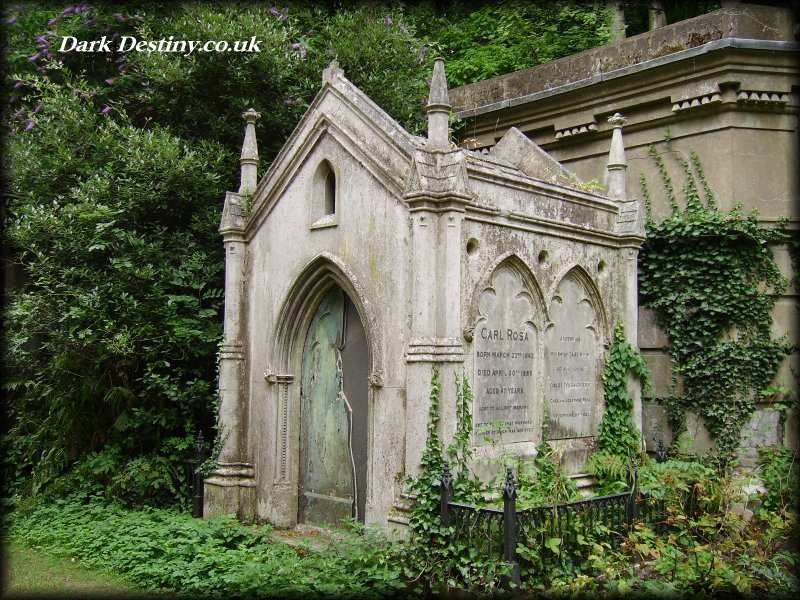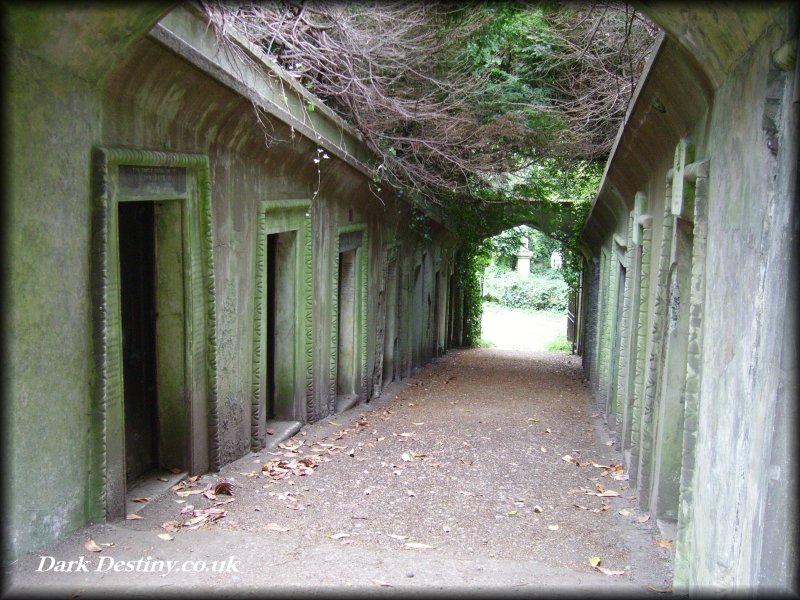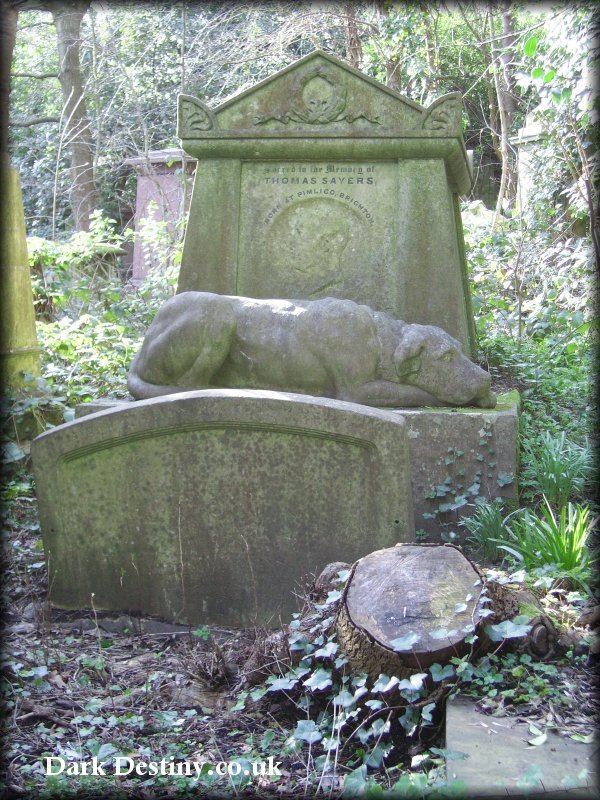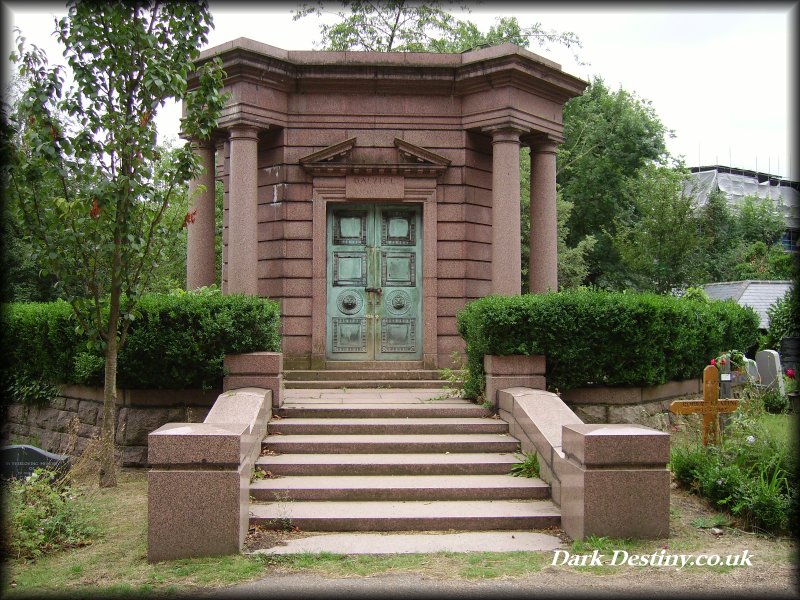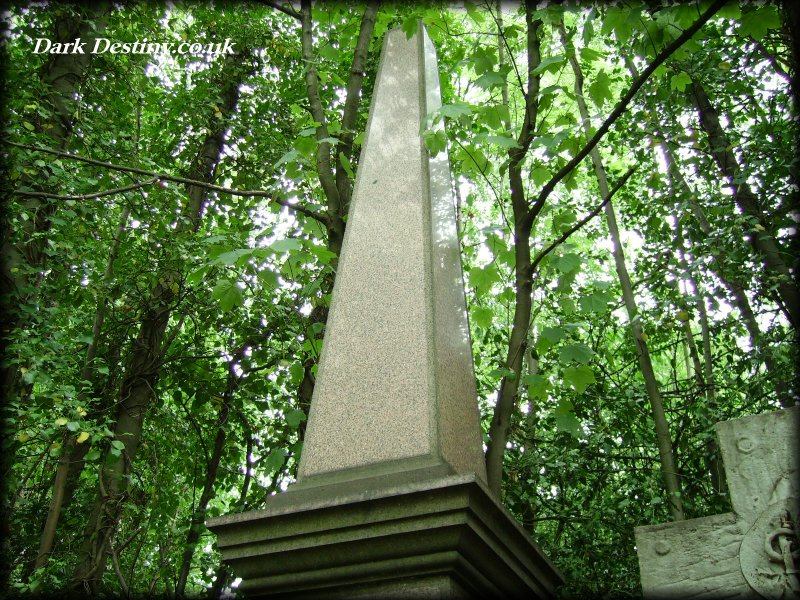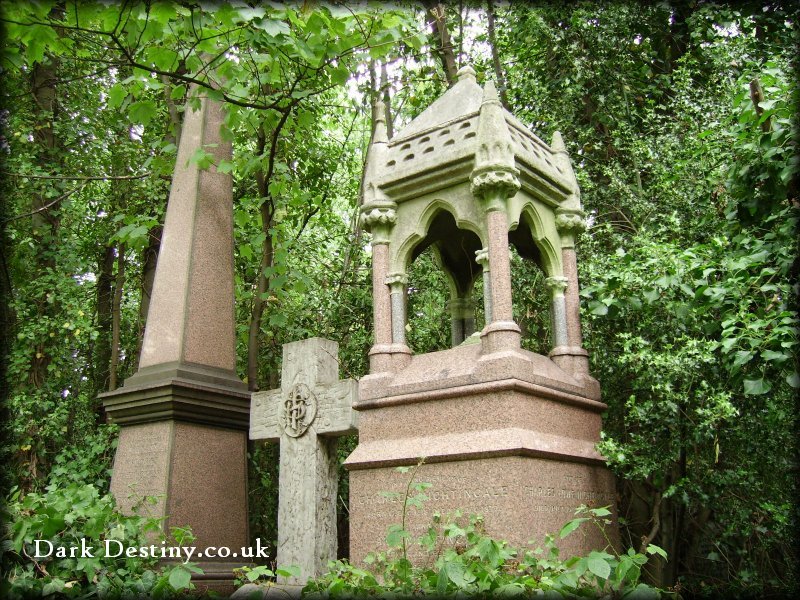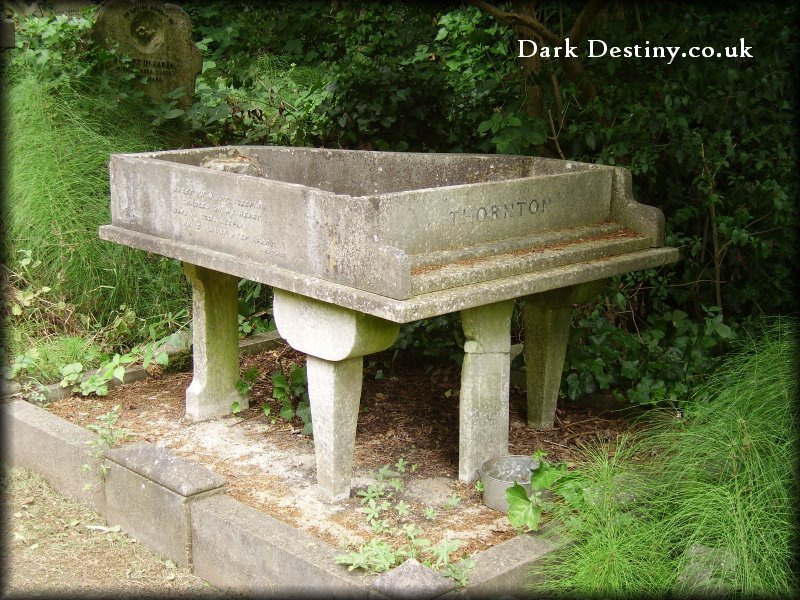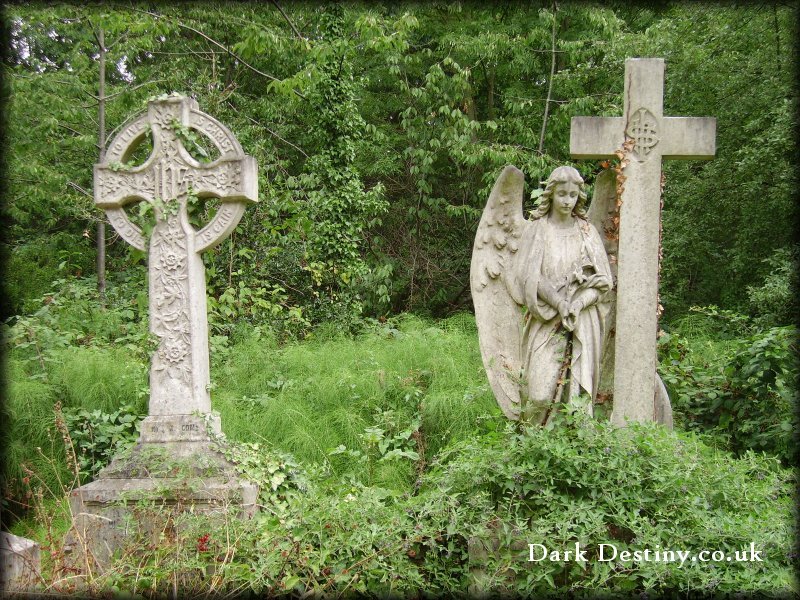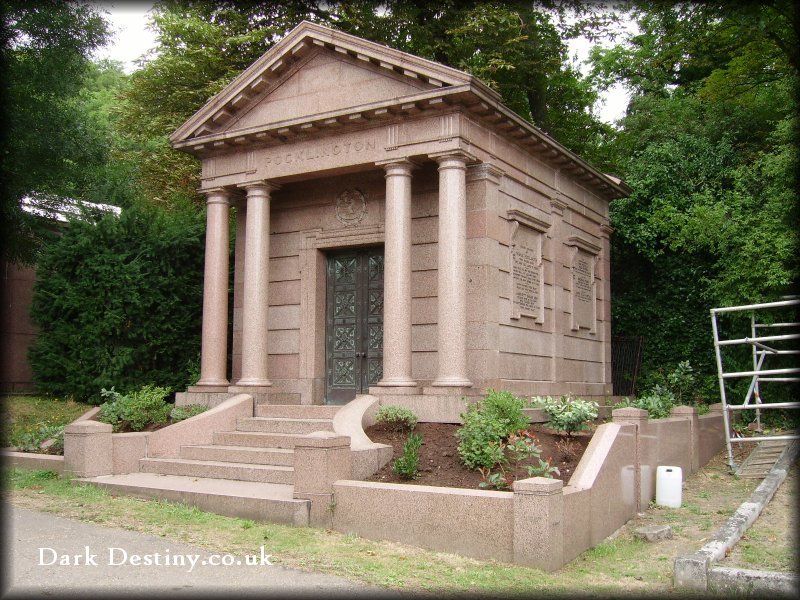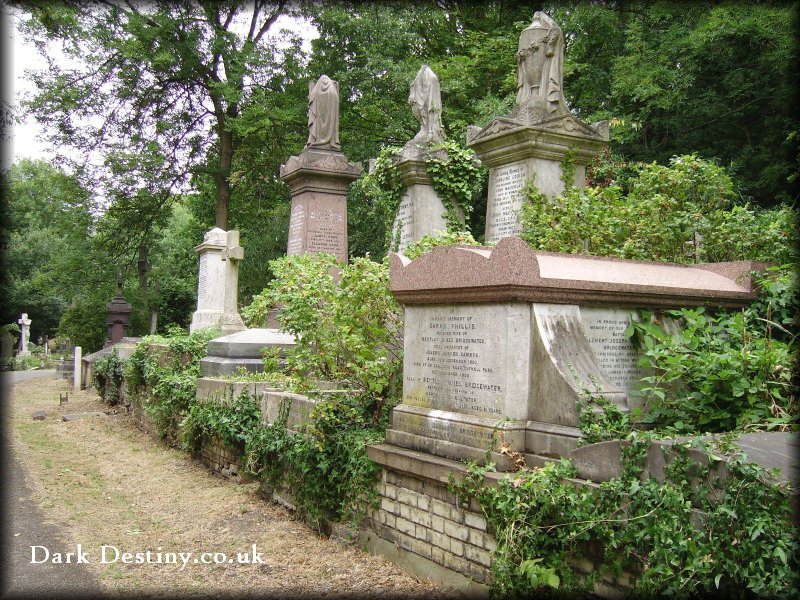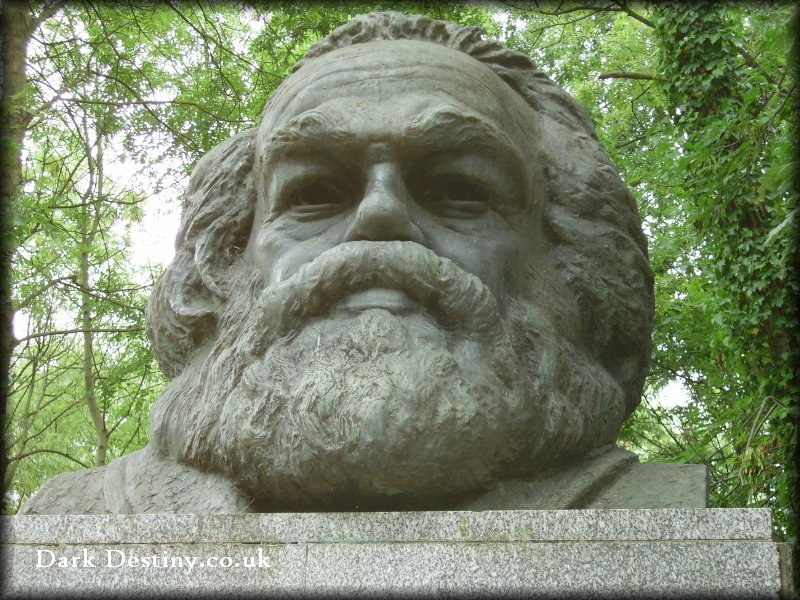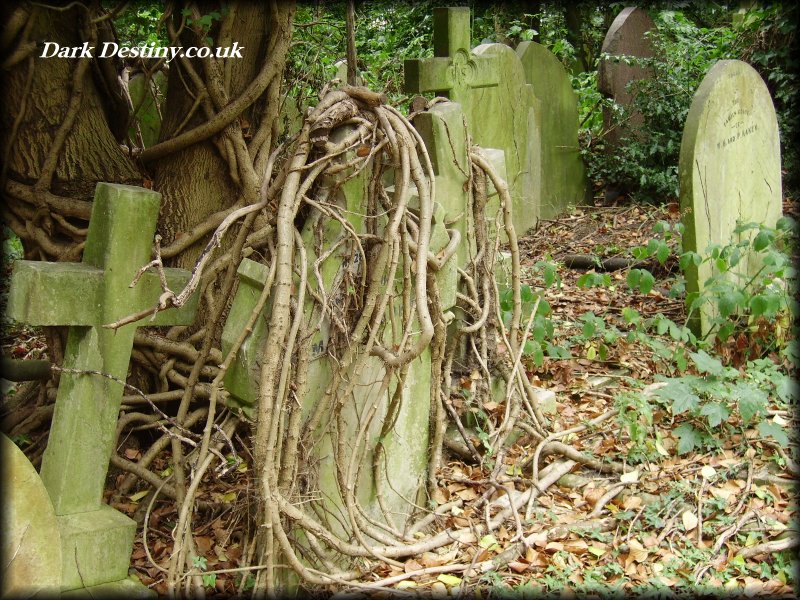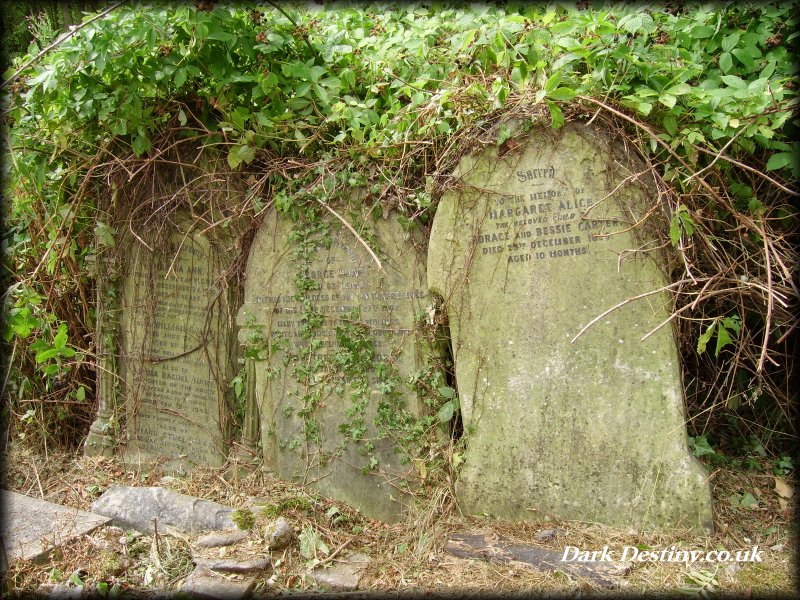Dark Destiny Cemetery Photography
Highgate Western Cemetery
-
 Western Chapels
Western Chapels -
 west_highgate_cemetery13
west_highgate_cemetery13 -
 west_highgate_cemetery11
west_highgate_cemetery11 -
 west_highgate_cemetery8
west_highgate_cemetery8 -
 west_highgate_cemetery3
west_highgate_cemetery3 -
 west_highgate_cemetery4
west_highgate_cemetery4 -
 west_highgate_cemetery7
west_highgate_cemetery7 -
 west_highgate_cemetery6
west_highgate_cemetery6 -
 west_highgate_cemetery5
west_highgate_cemetery5 -
 west_highgate_cemetery24
west_highgate_cemetery24 -
 west_highgate_cemetery22
west_highgate_cemetery22 -
 west_highgate_cemetery19
west_highgate_cemetery19 -
 west_highgate_cemetery12
west_highgate_cemetery12 -
 Sleeping Angel
Sleeping Angel -
 west_highgate_cemetery9
west_highgate_cemetery9 -
 copy20_west_highgate_cemetery28
copy20_west_highgate_cemetery28 -
 west_highgate_cemetery21
west_highgate_cemetery21 -
 west_highgate_cemetery15
west_highgate_cemetery15 -
 west_highgate_cemetery18
west_highgate_cemetery18 -
 west_highgate_cemetery10
west_highgate_cemetery10 -
 copy34_west_highgate_cemetery30
copy34_west_highgate_cemetery30 -
 west_highgate_cemetery16
west_highgate_cemetery16 -
 west_highgate_cemetery17
west_highgate_cemetery17 -
 west_highgate_cemetery2
west_highgate_cemetery2 -
 west_highgate_cemetery20
west_highgate_cemetery20 -
 west_highgate_cemetery26
west_highgate_cemetery26 -
 west_highgate_cemetery23
west_highgate_cemetery23 -
 west_highgate_cemetery27
west_highgate_cemetery27 -
 west_highgate_cemetery29
west_highgate_cemetery29
Highgate Eastern Cemetery
-
 copy90_east_highgate_cemetery12
copy90_east_highgate_cemetery12 -
 copy93_east_highgate_cemetery10
copy93_east_highgate_cemetery10 -
 east_highgate_cemetery28
east_highgate_cemetery28 -
 east_highgate_cemetery20
east_highgate_cemetery20 -
 east_highgate_cemetery19
east_highgate_cemetery19 -
 east_highgate_cemetery17
east_highgate_cemetery17 -
 east_highgate_cemetery16
east_highgate_cemetery16 -
 east_highgate_cemetery14
east_highgate_cemetery14 -
 east_highgate_cemetery8
east_highgate_cemetery8 -
 east_highgate_cemetery7
east_highgate_cemetery7 -
 east_highgate_cemetery6
east_highgate_cemetery6 -
 east_highgate_cemetery5
east_highgate_cemetery5 -
 east_highgate_cemetery4
east_highgate_cemetery4 -
 east_highgate_cemetery3
east_highgate_cemetery3 -
 east_highgate_cemetery1
east_highgate_cemetery1 -
 copy72_east_highgate_cemetery29
copy72_east_highgate_cemetery29 -
 copy67_east_highgate_cemetery30
copy67_east_highgate_cemetery30 -
 east_highgate_cemetery26
east_highgate_cemetery26 -
 east_highgate_cemetery15
east_highgate_cemetery15 -
 east_highgate_cemetery18
east_highgate_cemetery18 -
 east_highgate_cemetery9
east_highgate_cemetery9 -
 east_highgate_cemetery13
east_highgate_cemetery13 -
 east_highgate_cemetery25
east_highgate_cemetery25 -
 east_highgate_cemetery27
east_highgate_cemetery27 -
 east_highgate_cemetery24
east_highgate_cemetery24 -
 east_highgate_cemetery23
east_highgate_cemetery23 -
 east_highgate_cemetery22
east_highgate_cemetery22 -
 east_highgate_cemetery21
east_highgate_cemetery21 -
 east_highgate_cemetery11
east_highgate_cemetery11 -
 east_highgate_cemetery2
east_highgate_cemetery2
History and setting
The cemetery in its
original form — the western part — opened in 1839, part of a plan to
provide seven large, modern cemeteries (known as the "Magnificent
Seven") around the outside of London. The inner-city cemeteries, mostly
the graveyards attached to individual churches, had long been unable to
cope with the number of burials and were seen as a hazard to health and
an undignified way to treat the dead. The initial design was by
architect and entrepreneur Stephen Geary.
Highgate, like the
others, soon became a fashionable place for burials and was much admired
and visited. The Victorian attitude to death and its presentation led
to the creation of a wealth of Gothic tombs and buildings. It occupies a
spectacular south-facing hillside site slightly downhill from the top
of the hill of Highgate itself, next to Waterlow Park, both of which
were part of the former Dartmouth Park which covered the area.
In
1854, the area to the east of the original area across Swains Lane was
bought to form the eastern part of the cemetery. This part is still used
today for burials, as is the western part.
The cemetery's
grounds are full of old-growth trees, shrubbery and wild flowers that
are a haven for birds and small animals such as foxes. The Egyptian
Avenue and the Circle of Lebanon (topped by a huge Cedar of Lebanon)
feature tombs, vaults and winding paths dug into hillsides. For its
protection, the oldest section, which holds an impressive collection of
Victorian mausoleums and gravestones, plus elaborately carved tombs,
allows admission only in tour groups. The newer eastern section, which
contains a mix of Victorian and modern statuary, can be toured
unescorted.
The tomb of Karl Marx, the Egyptian Avenue and the Columbarium are Grade I listed buildings.
Additionally, the Highgate Cemetery is well known for its so-called occult past, being the site of the alleged Highgate Vampire.
Interments
Although
its most famous occupant in the east cemetery is probably Karl Marx
(whose tomb's most recent bombing is still recalled by some Highgate
residents), there are several prominent Victorians buried at Highgate
Cemetery.
